

You've learned a lot about running a farm.
Now you want to learn: How does a farm set prices to make money?
The food supply chain starts on the farm. A farm is in the business of selling commodities A standardized product, viewed by consumers as the same, such as corn or beef cattle. for food supply production—but how do food prices work?
How do food prices affect a farm's profitability A business’s profits are equal to the money it takes in—revenues—minus the money it spends—its costs. If you take in more than you spend, you make a profit. ?
Many aspects of the farm are vulnerable to risks, all of which impact the farmer’s profits. And there are several different kinds of risks to consider!
Watch the video to learn about Risks on the Ranch.
The prices of beef and corn vary a great deal.
These prices are a huge factor in whether or not the farm makes money.
Explore the chart and learn more about beef and corn prices and profits.
How do farmers make production decisions to ensure good profits?
What determines food prices, and why do they change?
It all starts with economics—supply and demand.
Supply, Demand, and the
Food on Your Table
Prices move in response to two economic principles: Supply The amount of a product that is produced and made available to consumers at a given price. and Demand The amount of a product that consumers want to buy at a given price.
Supply and Demand determines the price of everything!
Food • Clothes • Houses • Services • Goods • Comic Books
How does anyone know what to charge for a product, good, or service? That is decided at the point where the supply and demand curves cross. It’s called the equilibrium point.
The equilibrium point is the balance between what suppliers want to charge for their product and what most people are willing to pay for it.
A change is supply causes the supply curve to move. It's called a 'shift in the supply curve'. The graph shows an increase in supply.
Because the supply curve shifted, there’s a new equilibrium point. This new equilibrium point is much lower than it was before, which means the price has dropped significantly.
The supply of a product can be changed by a number of factors. Slide the SUPPLY curve to the left and right to learn about each factor before advancing to the next slide.
A change in demand will shift the demand curve. A change in demand shifts the demand curve to the right or the left, raising or lowering the equilibrium point. The demand for a product can be changed by a number of factors. Slide the DEMAND curve to the left and right to learn about each factor before advancing to the next slide.
The laws of supply and demand apply to all items that we buy and sell—including your food.
Consider an ordinary hamburger, for example.
Click "Begin" and see if you can determine how each event will affect supply and demand for beef.
Begin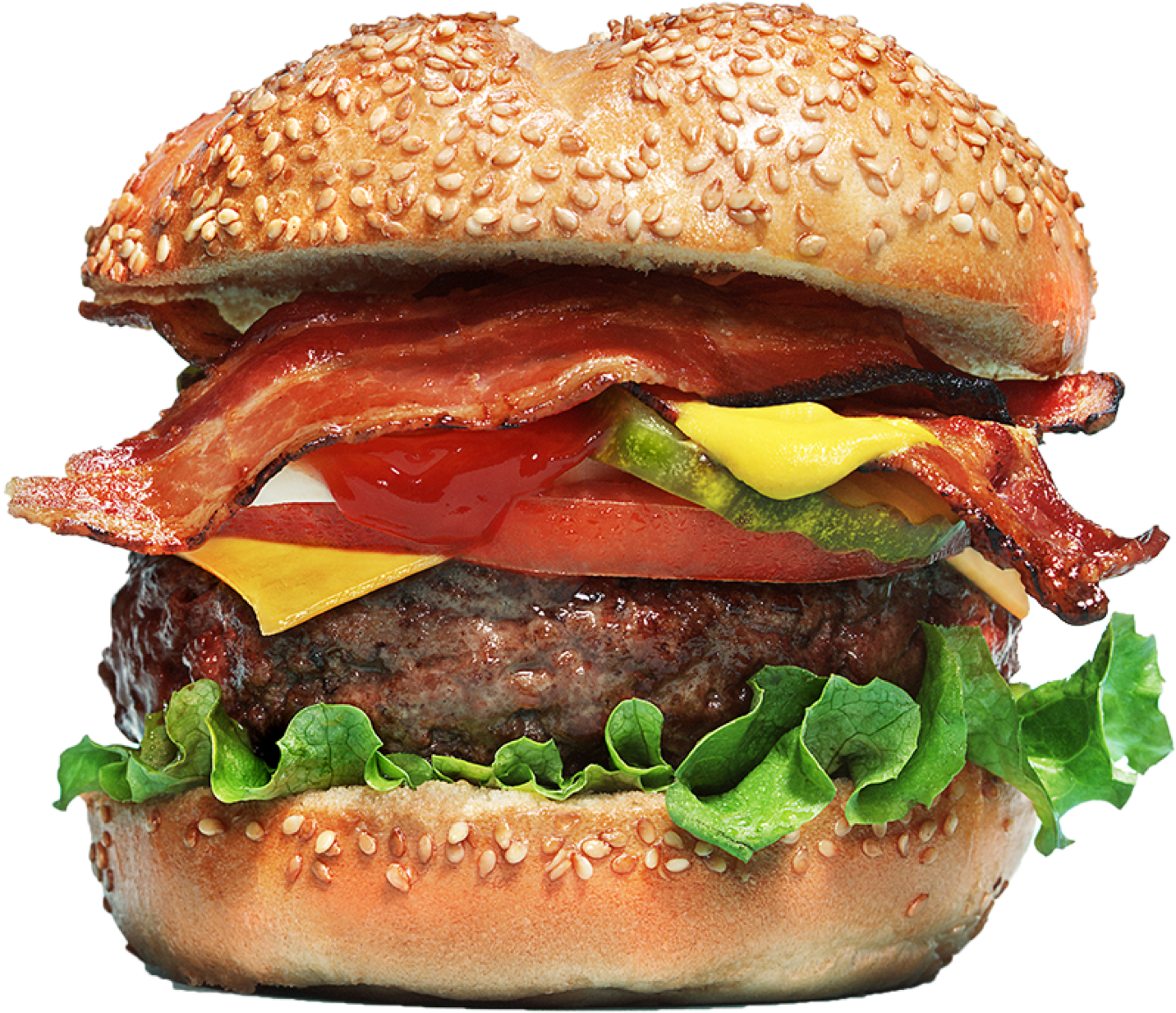
Supply and demand are just the beginning. To set food prices to make a profit, you need to learn about the supply chain.
Supply and Demand Along the Supply Chain
The farmer specializes in producing food products, not selling it to consumers.
Supply Chain for Corn
One of your farm’s products is corn.
To understand corn prices, you want to meet the people who make up the corn supply chain.
Slide the button to explore the supply chain.
The farmer is the initial producer of raw, unprocessed corn. He plants corn crops beginning in April and continuing into June. He begins harvesting in October and finishes in November. A farmer usually sells harvested corn to a grain elevator by the bushel.
The grain elevator buys large quantities of corn from farmers and combines and stores them together. The grain elevator system is much more efficient than storing corn in individual sacks. The grain elevator then distributes the corn, selling it to different processors.
Processors specialize in transforming the raw material—corn—into a finished product. Examples of corn-based products include canned corn, cornstarch, corn chips, cereal, and even fuel in the form of ethanol. The processor produces their product, packages it, and sells it at a profit to a wholesaler.
The wholesaler is a distributor who specializes in the business of getting the finished product to the markets where consumers demand them. Sometimes there are multiple levels to this part of the supply chain, especially when goods are sold across state and international borders.
The retailer, such as a neighborhood grocery store, is the final step in the supply chain. The retailer makes the finished product available to the consumer to purchase.
Speculators
A speculator An investor who is willing to accept risk in order to profit from future changes in prices. may never physically touch the corn but still influences prices.
Speculators buy or sell corn, typically through an organized futures exchange An organized exchange on which various market participants buy and sell standardized futures contracts. . They do this in hope of making a profit when prices change.
These exchanges help manage a farmer's risk Uncertainty about future outcomes. . Speculators profit by accepting that risk. This creates liquidity A high volume of activity in a market, usually resulting in increased efficiency and stabilized prices. , making the market efficient and stabilizing prices.
Supply Chain for Beef
The supply chain for ground beef ranges from farmer to retailer.
Each step in the chain has its own input and output costs. These add up to set the final price of the finished product.
How do prices move? Slide the button to move prices at each step, and see how the final price changes.
After accounting for all these costs, the retailer’s final price for ground beef at the store is per pound. With the consumer happily returning home with that ground beef, the supply chain is completed, and you’ve seen economics in action.
Now you’ve seen how a commodity price changes throughout the supply chain—from farm to table.
Why is each price in the supply chain set where it is? A big answer to this is risk.
Next you’ll learn about how risk affects business on the farm where you work and how to use that knowledge to increase the farm’s profits.
's Price Breakdown
A Story about Risk
A new state law required costly upgrades to farm buildings. This increased costs and reduced profits for the year. Unexpected expenditures are some of the risks faced by businesses. You want to make sure you understand these risks to stay profitable.
For any producer, there are risks associated with producing a food product and moving it to market. For example, corn crops are vulnerable to a number of risks.
- Weather
- Disease
- Government policies
- Consumer preferences
- Changing competition
- Taxes
- Energy costs
- Limited farmland
- Technology changes
Explore the interactive infographic below to see what risk factors look like for corn crops.
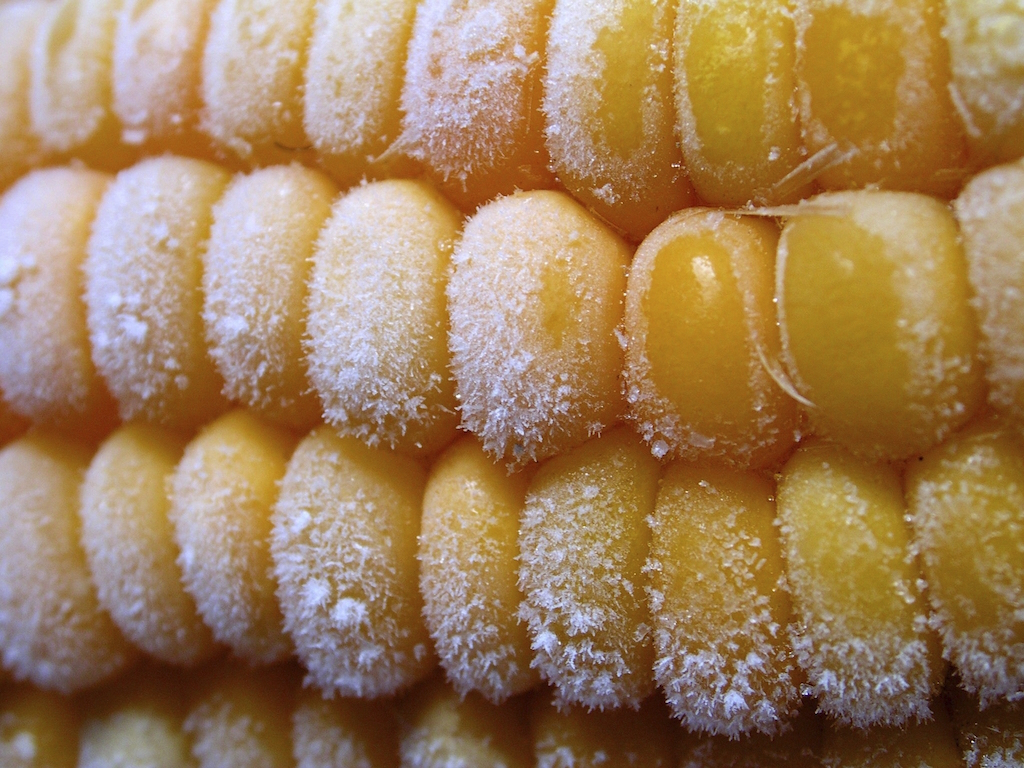
A severe winter delays the planting season by several weeks. This reduces the amount you can produce and cuts into profits.
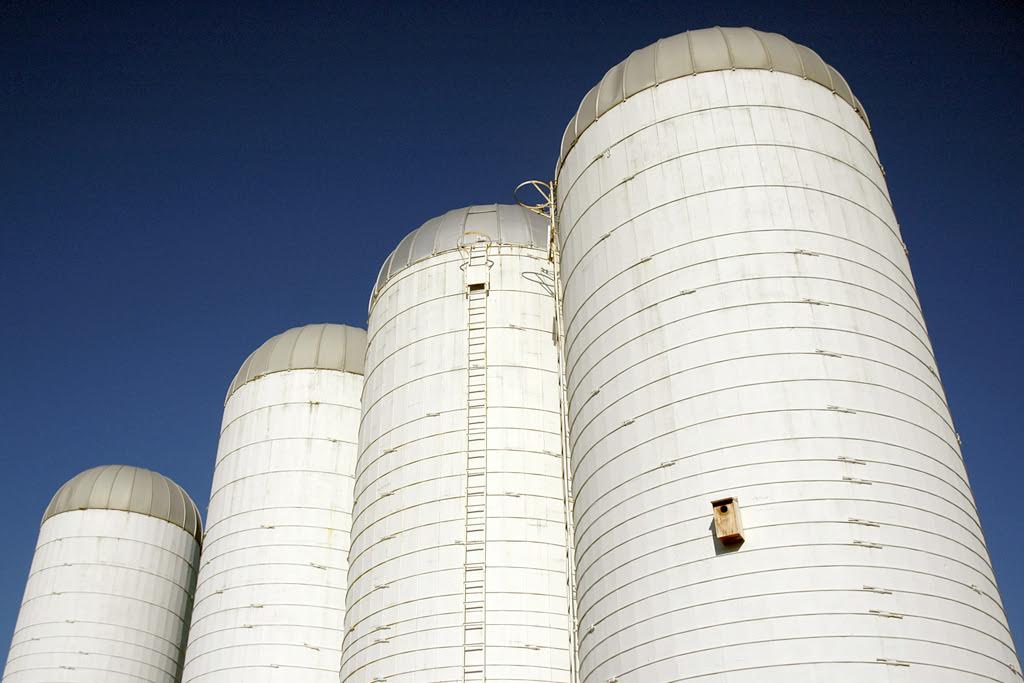
Last year’s grain production resulted in unusually high grain stocks left over in the market this year. This increase in supply means prices fall, and you’ll make less money.
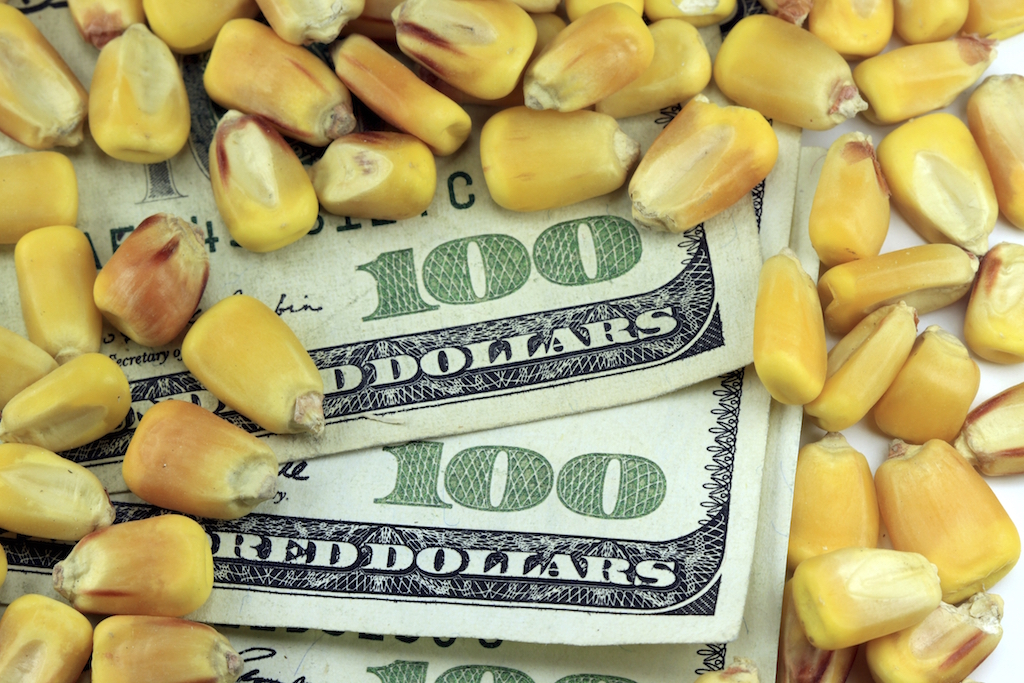
An improving economy means increased hourly labor costs for your staff on the farm—cutting into your profits.
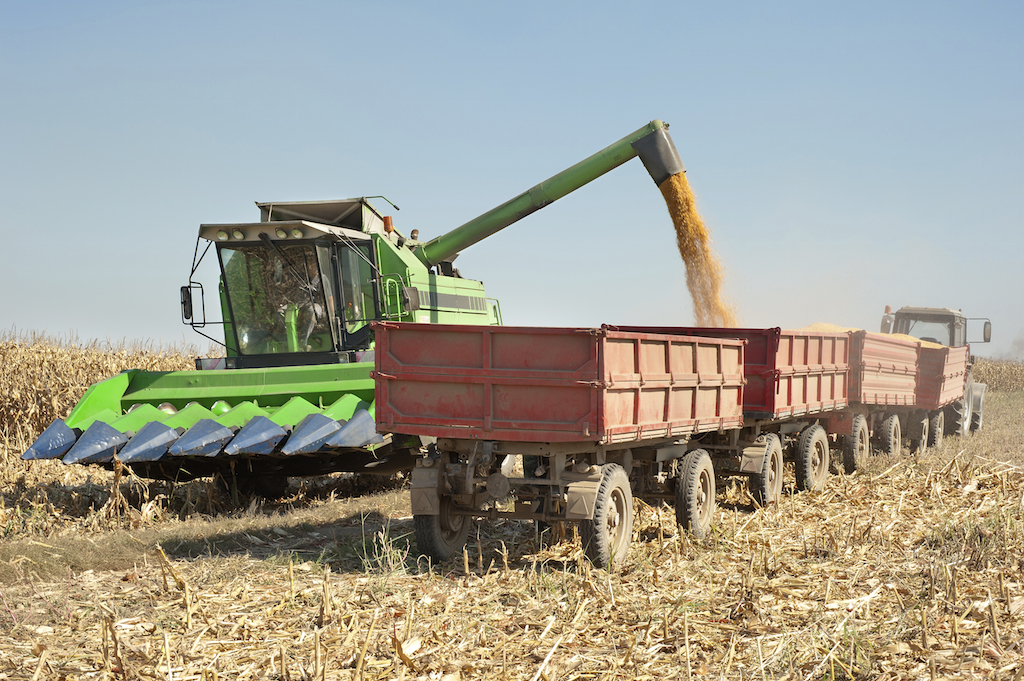
Increased grain produced abroad means more competition in the marketplace. Prices could fall and mean less money for you.
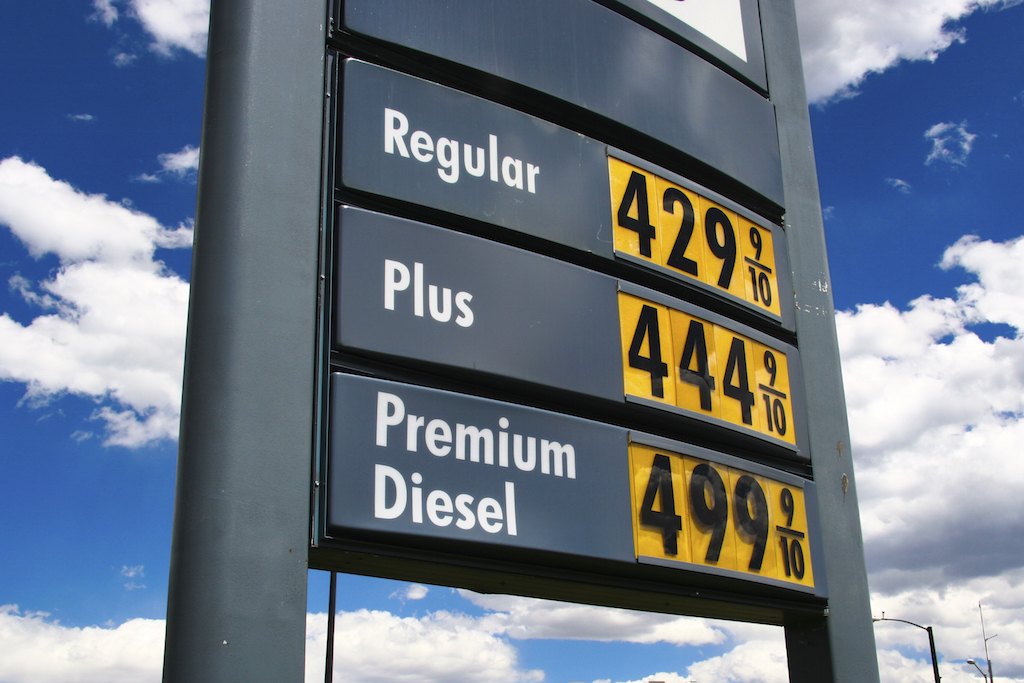
Fuel and energy prices have gone way up, making it more expensive to run all of your farm vehicles and equipment. This comes right out of your profits.
You’ve seen a lot of the risks faced by farmers today. Next try deciding whether the risks and other factors below will increaseprices or decrease prices. Remember the basics of supply and demand and how they affect prices:
You’ve learned a lot!
- Food prices
- Supply and demand
- Supply chain
- Risk
Are you ready to apply your knowledge as an advisor?
Making Productive Decisions Game
Here’s the plan:
- The farmer will expand production of (1) cattle, (2) corn, or (3) both each year by up to 10%.
- You’ll advise the farmer on how to expand.
- Keep an eye on risks and other factors that affect supply, demand, and prices.
Instructions
Think carefully about how each event would affect supply and demand for beef and corn.
Then choose how you’ll expand production.
Remember, higher prices are good for the farm’s profitability, so expand into the product that will make you more money!
You can’t believe it’s been 5 years! The farm has grown and is doing well thanks to your advice. Your total profit over 5 years is
Use the buttons to choose how much you'll increase your production capacity of each food commodity. Remember, you can expand production only by a total of 10% this year. When you're finished, click "Finish Turn."
production by 10% TOTAL
Post-Assessment
Now it's time to see what you've learned. Test your knowledge of the topics in this module by answering the following questions.
BeginWhich of the following factors would directly increase or decrease the SUPPLY of a product?
Which of the following factors would directly increase or decrease DEMAND for a product?
Read the following scenarios. Then select the effect they will have on the supply or demand curves.
Think about how each scenario will affect supply and demand. Then choose the option that describes the most likely effect it will have on prices for corn or beef.
Here is your score for the module.
Thanks for taking part in this interactive.
Download Your Certificate of CompletionReturn to the Econ Essentials home page:
http://www.econessentialsinschool.com/